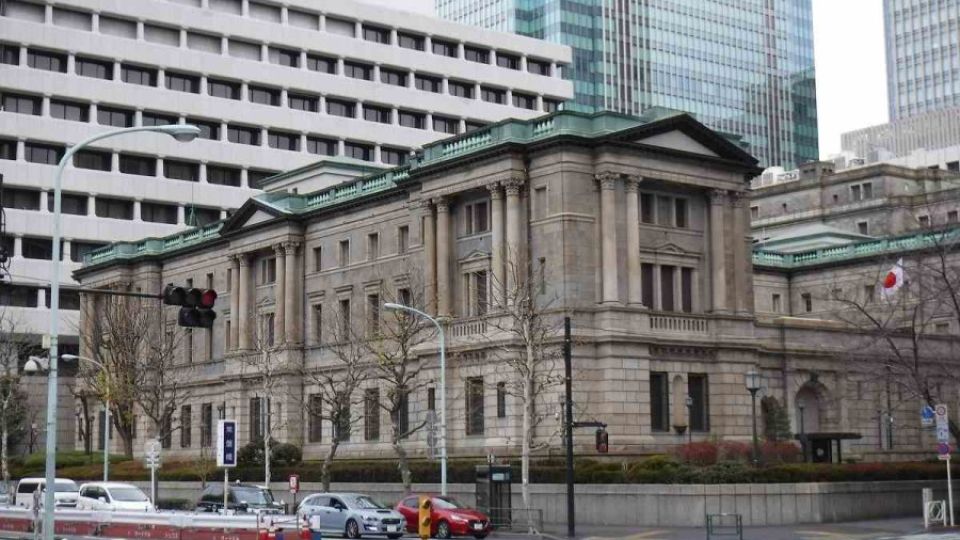February 13, 2023
TOKYO – The unexpected decision by Prime Minister Fumio Kishida to appoint Kazuo Ueda, a former member of the Bank of Japan’s Policy Board, as its next governor is aimed at carefully exploring an “exit strategy” that normalizes monetary policy as monetary easing continues for the time being.
Kishida carefully made his choice while also taking into account the combination between the new governor and the two deputy governors.
On Friday, Kishida told those around him about his envisaged leadership at the central bank, which has Ueda serving as the new governor supported by deputy governors Ryozo Himino, former commissioner of the Financial Services Agency via the Finance Ministry, and Shinichi Uchida, the current BOJ executive director.
“It’s the most powerful team, isn’t it?” Kishida quipped.
In forming the lineup, a list of candidates for governor was drawn up from a broad range of sectors, from those with ties to the Finance Ministry or Bank of Japan to others in academia. Kishida, close aide Deputy Chief Cabinet Secretary Seiji Kihara and others worked behind the scenes and as a result, settled on Ueda in late January.
According to government sources, what Ueda has going for him was not just his expertise in financial theory as a scholar, but also that he shares the basic sentiment that the monetary easing policy should be continued, and that he is well-known internationally.
Around the world, more than a few have left academia to take the top government financial job, notably Janet Yellen and Ben Bernanke, both of who served as chairs of the U.S. Federal Reserve, and Mario Draghi, former president of the European Central Bank.
“Ueda would be able to enter the inner circle of international finance,” one official said of the government’s expectations.
Although Kishida did not reveal Ueda’s name during a dinner meeting with Liberal Democratic Party Vice President Taro Aso and LDP Secretary General Toshimitsu Motegi in Tokyo on Wednesday evening, he spoke with satisfaction of his decision.
“We found someone who fulfills both being known internationally and capable of dialogue with the market,” Kishida reportedly told them.
In the selection of the vice governors, Himino was chosen because of his extensive international experience, including having served as Japan’s representative on the Basel Committee on Banking Supervision, an organization comprised of financial authorities from major countries. Uchida stood out because of his practical knowledge of the Bank of Japan’s business operations.
“Without Uchida who is knowledgeable about the inner workings of the Bank of Japan, we would not be able to understand the road map for overall monetary easing,” noted a senior government official.
Assuming Ueda is confirmed, Kishida intends to basically continue former Prime Minister Shinzo Abe’s economic policy known as “Abenomics” in cooperation with the central bank, while also making subtle course corrections.
“Over the past 30 years, even though there was growth in corporate profits, wages have not increased as much as expected, and the anticipated trickle-down effect [of benefits to lower-income groups] has not occurred,” Kishida said at his New Year press conference on Jan. 4.
As prices continue to rise, Kishida wants to resolve the situation with higher wages and other measures, but prospects remain dim that his signature policy of “new capitalism” will produce results.

